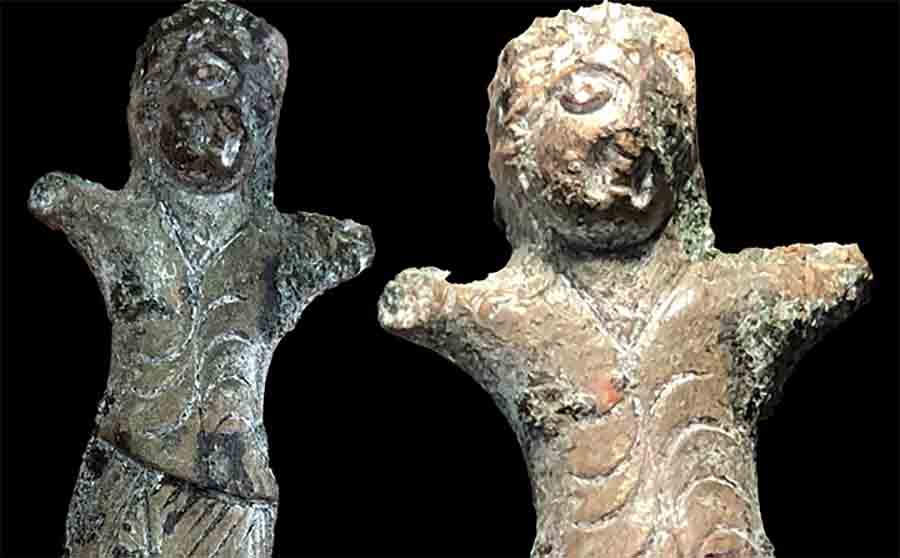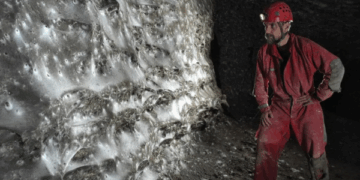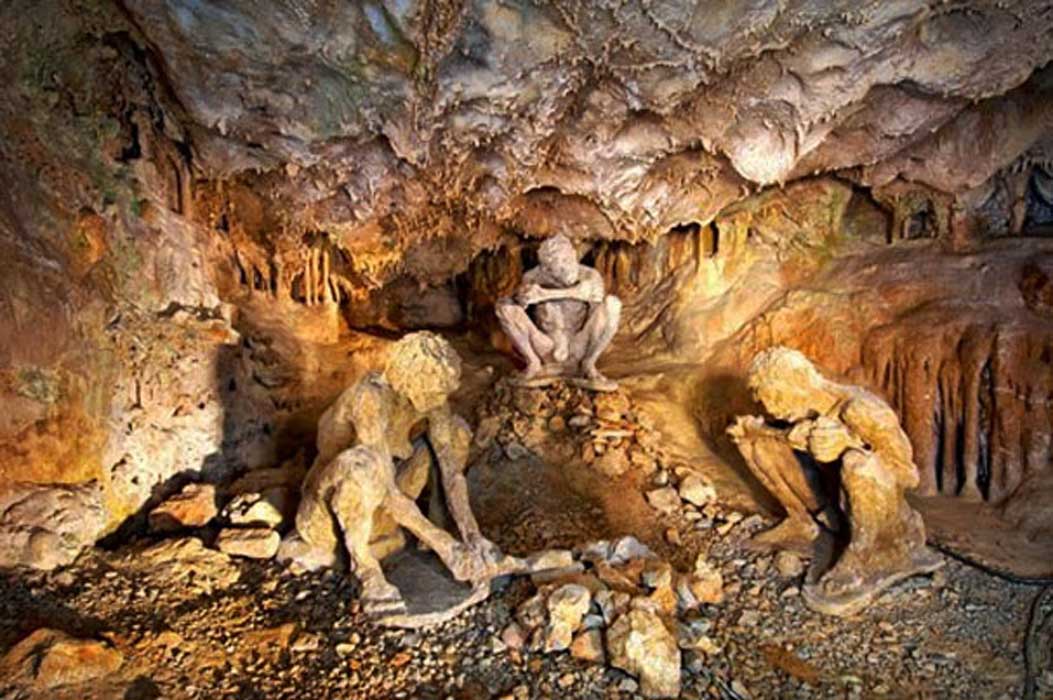During excavations along the bank of the Ob River near Novosibirsk in southwestern Siberia, archaeologists have unearthed a small sculpted object which makes them surprised and confused.
The object was a 10 cm (4 in) bronze humanoid dancing figurine sculpted in a way that seemed to depict a person in movement. This unusual Siberian-Indian dancing figurine made a big impression, and for a good reason.
This invaluable finding, which archaeologist Andrei Borodovsky called “one of the most important things ever made in the region,” came after bulldozers began excavating at a construction site of the fourth bridge across the Ob.
It is the narrowest part of the vast Siberian River, the 7th longest globally, used as a crossing point by travelers in the distant past.
Maybe the tiny dancer was left on the riverbank to sacrifice the water god to ensure safe passage.
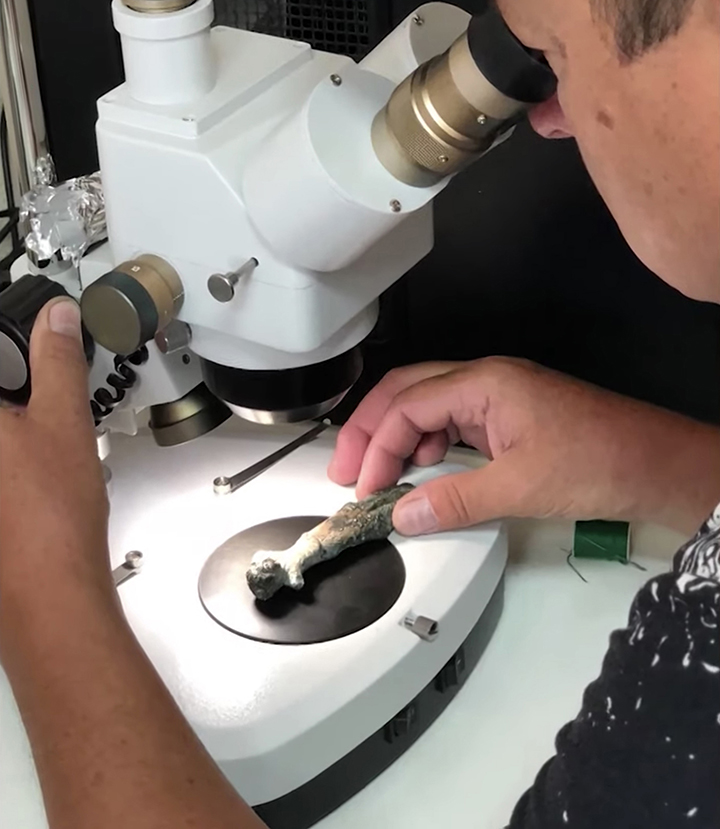
It is also possible that someone passed it from hand to hand from India to Siberia.
So far, no one knows how and when the bronze dancer arrived in the heart of Siberia.
“The alloy of the statue (62.1% copper, 15.3% tin, 15.2% lead, and 7.4% zinc) is very different from modern bronze and is closest to antique bronzes.
Andrey Borodovsky, the only scientist who was able to see the statue and performed a series of tests to verify authenticity, explained, “A dancer is male because he doesn’t have breasts, and he appears in ecstatic or religious ecstasy.”
Because its owner does not want this discovery to the public, we can see the Indian in pictures and video.
Dr. Bordowski, who contacted an intermediary, said that negotiations about moving the statue to the museum had not been successful.
The dancing man is shown leaning right, his broken arms lifted in the air and his head tilted to the left and down as if the sculptor was attempting to depict a moment of the dancer twirling counter-clockwise, perhaps during a whirling dance.
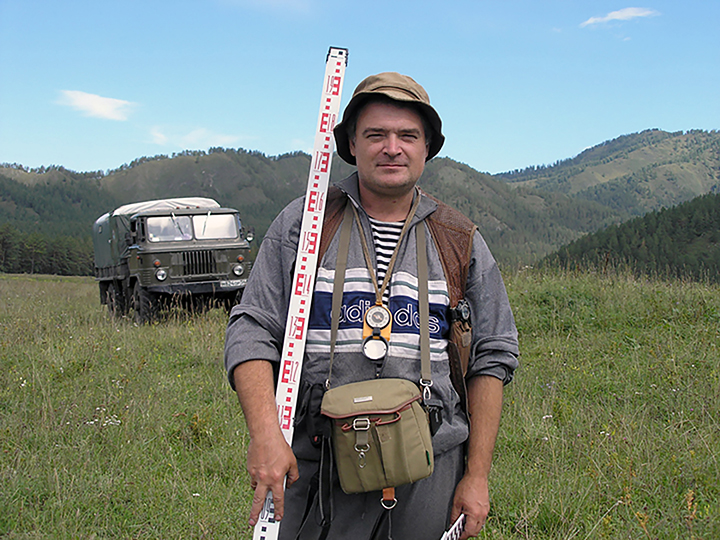
This could have been one of the ecstatic dances used by priests and worshippers in Oriental cultures to communicate with deities.
The man was depicted wearing an oversized shirt draping over his shoulders, probably made of fine silk, a shirt hem, and a long belt.
“I think the tilt of the head is similar to Semazen whirling dervishes. They tilted their heads to the left to put pressure on the carotid artery, making them fall into a trance as they circled.
The man also has a mole on his forehead, which we see in Afghanistan’s golden pictures,” said Dr. Borodovsky.
He believes the dancer was created in North India around 2100 years ago and was part of a larger composition, possibly with several dancers around the edges of a round table.

